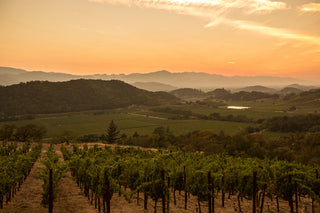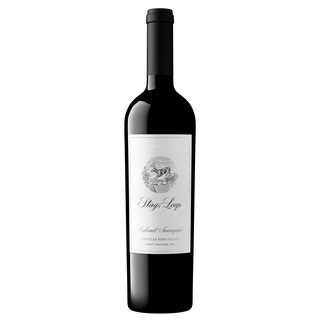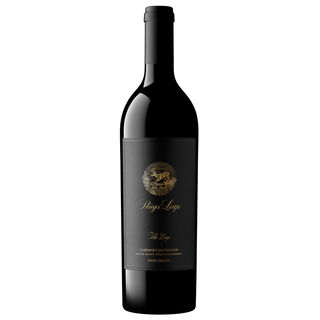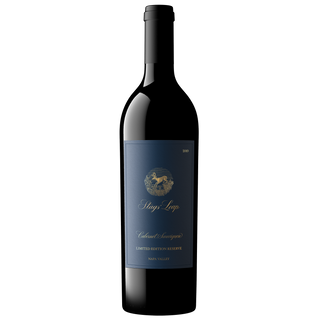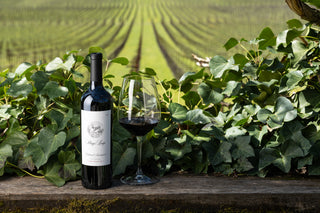
Stags' Leap Estate Vineyard
On one of California’s earliest wine estates, a unique terroir and ideal microclimate support a classical standard of viticulture, land use, and winemaking that is as relevant today as it was over a century ago. An intimate valley within the greater Napa Valley, Stags’ Leap is a 240-acre estate, of which 85-acres are planted with grape vines.
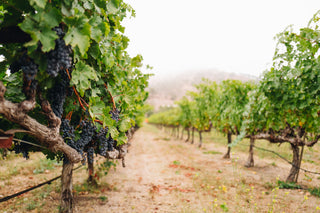
The Terroir
The rock outcropping that forms the eastern boundary of the estate, the Stags Leap Palisades, sheds debris in the form of volcanic rhyolite and tuff, which is carried to the valley floor where it mingles with the deeper subsoil made up of Bale loam formed from ancient river sediment. Topographically, the slope of the palisades and its small valley are oriented to block early morning sun, retain afternoon heat, and funnel cooler marine air coming from the San Pablo Bay to the south.
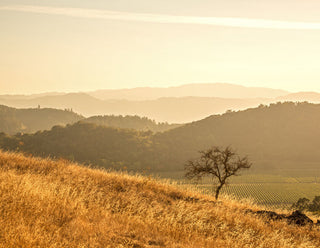
The Aspect
The sheer volume of rock has a direct impact on the local climate of the estate. The rock face of the palisades gives off stored warmth after sunset, radiating down over the entire ranch. It’s wonderful to feel that lingering, radiating heat. You can bet it feels good to a Cabernet cluster as well. The high incidence of rock in the soil holds the heat of the sun into the early twilight hours and then loses it rapidly, effectively slowing and prolonging the ripening process.
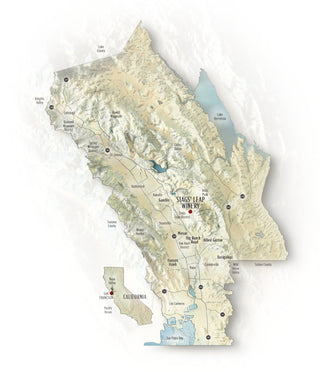
Stags Leap District
Located five miles north of the town of Napa, and east of the Napa River, along the Silverado Trail.
This combination of Napa Valley’s extended growing season with the accentuated warmth and cooling of the Stags Leap District results in an ideal balance of acid and sugar in the fruit. The wine grapes are given time to mature and develop their characteristic soft texture and intense flavors.
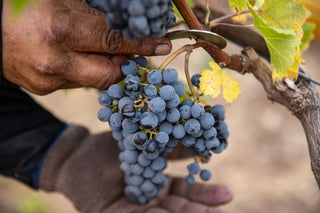
The Varieties
The 85-acre Estate Vineyard is divided into 23 separate blocks based on soil type and exposure to the sun, in a combination of valley floor and hillside slope plantings. Each block perfectly matches each grape variety to its ideal soil type. Most of the blocks are planted to Cabernet Sauvignon, Petite Sirah, and Merlot. The exception is Ne Cede Malis Block 5.
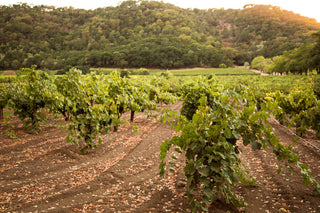
Ne Cede Malis Block 5
The Ne Cede Malis block is planted to different varieties, as a way of creating new vines and clones and testing new varieties. Everything from Tannat, Carignane, Syrah and Grenache are planted here, alongside the lesser known Calzin, Peloursin, and Burger grape varieties.
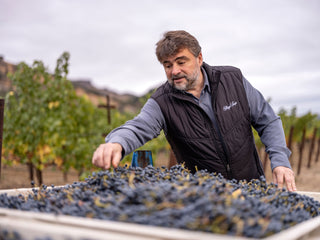
Heritage Vines
In the 1980s, the winery undertook DNA testing to uncover the identities and possible sources of heritage vines on the property, especially the 1930s field blend planting of Petite Sirah and other Rhône varieties in the Ne Cede Malis block. The results have been used to graft new vines and were contributed to the research being conducted by UC Davis on the origin of the Petite Sirah variety. Today, the carefully tended head-trained and dry-farmed vines in this 5-acre plot continue the legacy and heritage of this vineyard as it was in the late 1800s.

The Stags Leap District Neighborhood
Stags’ Leap Winery is a proud founding member of the Stags Leap District Winegrowers. As one of Napa Valley’s most storied estates, we are honored to help shape the legacy of this world-renowned region. Learn more about the Stags Leap District and its exceptional wines below.
Expanding our Footprint
To craft our Napa Valley Collection, we partner with some of the best growers in the Napa Valley and Carneros.
The primary wine grape varieties—Cabernet Sauvignon, Merlot, and Petite Sirah—are enhanced by plantings of Cabernet Franc, Malbec, Petit Verdot, Grenache, and Syrah.
